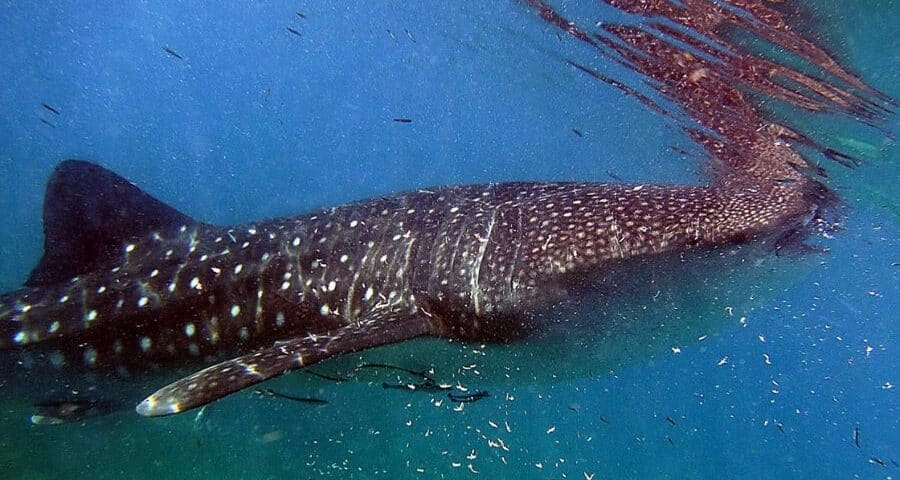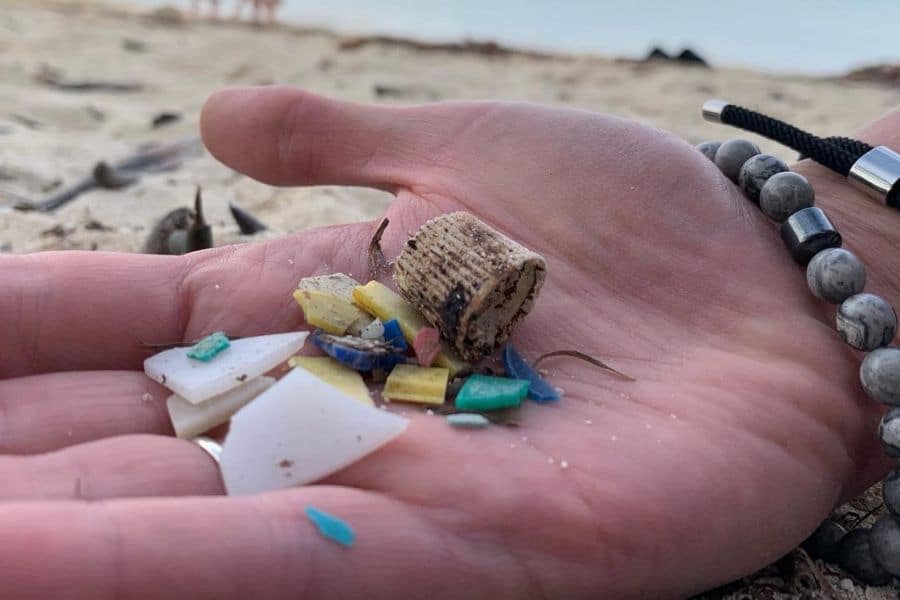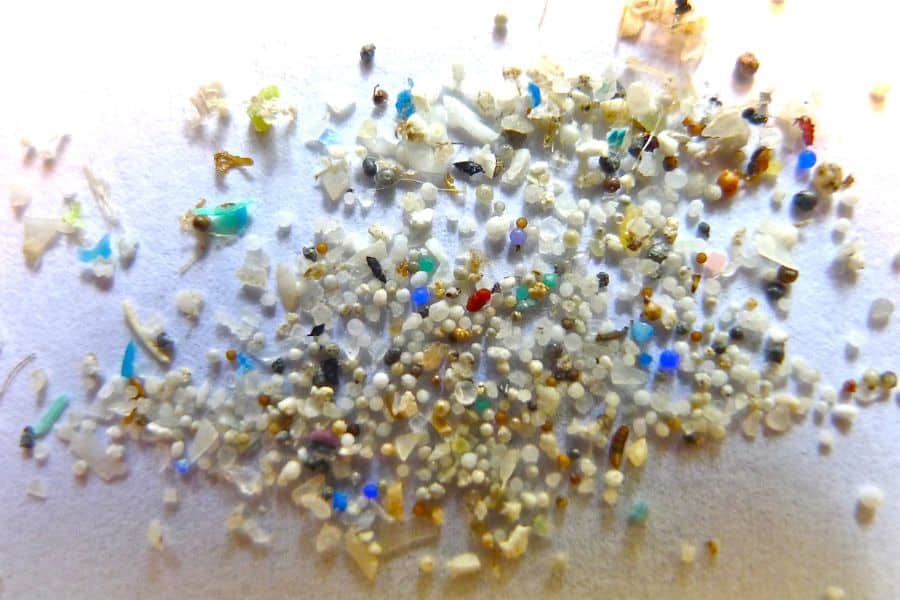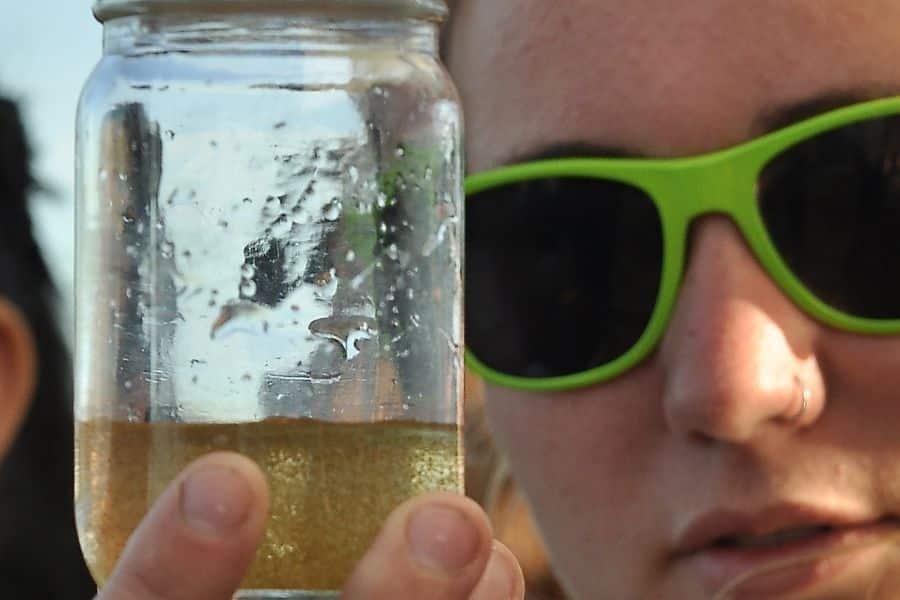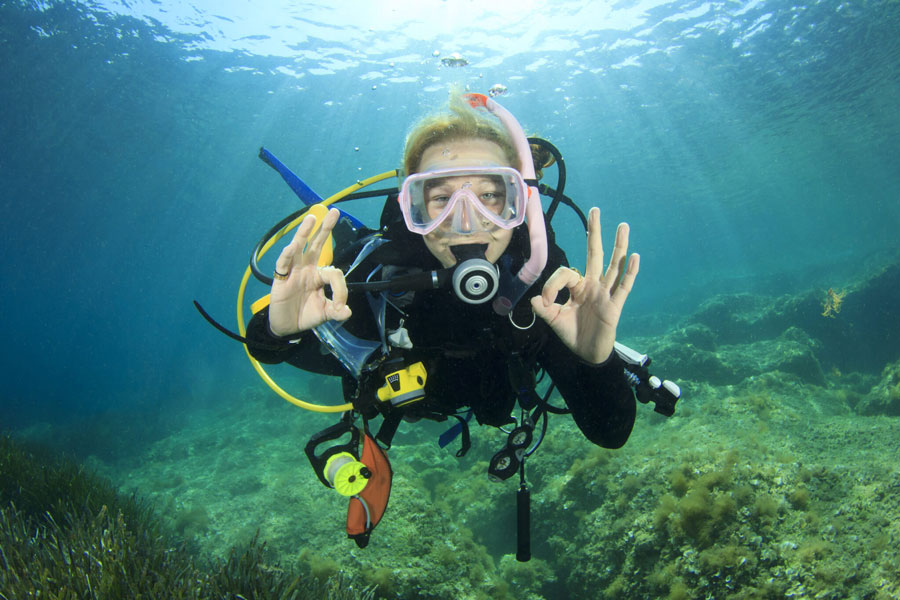2. The Magnitude of the Microplastics in the Ocean Problem
It is estimated that there are between 15 and 51 trillion microplastic particles floating in the oceans worldwide, according to a 2017 UN estimate. This is 500 times the number of stars in our galaxy.
Where are the microplastics in the sea concentrated?
Believe it or not, there are seas filled with plastic debris where microplastics float on the surface like a thick soup. These are the “plastic islands”! They are found in ocean gyres, areas where marine currents concentrate floating debris. There are five ocean gyres: two in the North Pacific, one in the South Pacific, one in the North Atlantic, one in the South Atlantic, and the Indian Ocean Gyre. The largest of these plastic soups is known as the Great Pacific Garbage Patch, located between California and Hawaii.
Runoff from rivers and human activities near the coast contribute to this concentration. Densely populated urban areas, ports, and industrial zones are also hotspots for the accumulation of microplastics.
3. The Impact of Microplastics on Marine Life
The problem becomes even more serious when scientists discover that microplastics are poisoning our marine animal friends.
Unfortunately, microplastics in the oceans are ingested by a wide variety of marine animals, from the smallest plankton to giant whales. Mussels, oysters, and other filter-feeding animals trap them while performing this vital function. Fish and whales mistake them for plankton or small fish, and other animals, like crabs, inhale them through their gills and then swallow them.
What Damage Do Microplastics Cause to Marine Animals?
Block Their Digestive System: Imagine eating a delicious pizza but instead of pepperoni, you find bits of plastic. That’s what happens to marine animals: microplastics get stuck in their digestive systems, preventing them from digesting food and absorbing the nutrients they need to survive. Over time, this can lead to malnutrition, causing weakness, disease, and even death.
Chemical Poisoning: Microplastics are not only a physical problem but also carry harmful chemicals. They are made with additives and toxic substances that are released into the bodies of animals when they ingest microplastics, poisoning them and causing damage to their organs.
Behavioral and Reproductive Alteration: Studies have shown that exposure to these pollutants can alter their mating behavior, reduce their fertility, and even cause malformations in their offspring.




